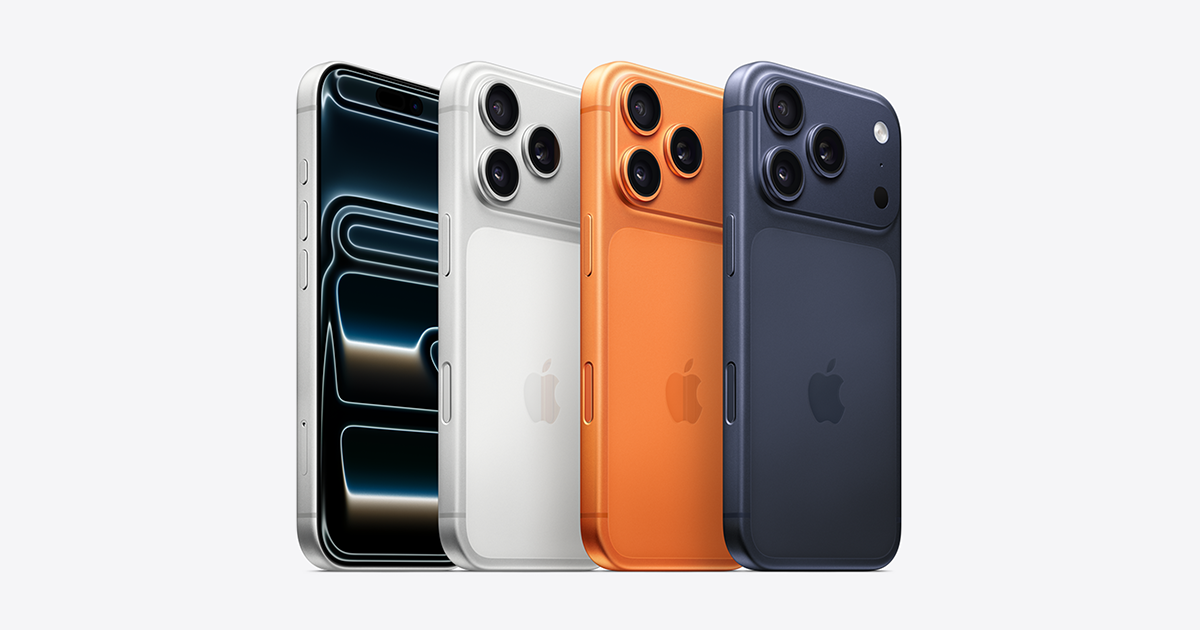
Everything we know about scratch resistance on the iPhone 17 Pro and Pro Max
With the launch of the new iPhone 17 Pro and iPhone 17 Pro Max , Apple introduced some significant changes to the design and construction. This year, the brand opted to ditch the titanium used in the iPhone 15 Pro and iPhone 16 Pro lines, returning to an anodized aluminum body —a decision that has generated mixed opinions among users.
“Ceramic Shield 2” screen
One of the main improvements is the screen, which now includes the new “Ceramic Shield 2” protection, offering greater resistance to scratches and impacts compared to the previous generation.
-
Superior Strength: The new glass features increased durability compared to the original “Ceramic Shield.”
-
Mohs Scale: Scratch resistant up to level 6 and shows only slight marks at level 7 .
-
Overall durability: Despite the improvement in scratch resistance, glass can still break if dropped , so physical protection is still essential.
Anodized aluminum body and chamber base
The new anodized aluminum body brought a lighter, more modern aesthetic, but also some durability challenges .
-
Vulnerable edges: The sharp edges of the rear camera housing are prone to scratches, especially in areas where the aluminum is exposed.
-
Design flaw: This vulnerability is due to the absence of a smooth radius curve at the 90-degree corners of the chamber base, which makes it difficult for the aluminum oxide coating to adhere evenly .
-
Everyday Objects: Keys, coins, and other common pocket items can easily scratch the anodized finish, revealing the silver aluminum underneath.
Scratch-gate: A concern for Apple?

Since the launch of the new iPhone 17 Pro and 17 Pro Max , a controversy dubbed “Scratch-Gate” has emerged on social media, related to the ease with which the anodized aluminum scratches the edges of the camera base .
Several users and independent tests have shown that the sharp edges of the rear module tend to lose their anodized coating with normal use, leaving the silver aluminum visible. The reason is the 90-degree angled design , which makes it difficult for the protective layer to adhere .
While primarily a cosmetic issue , the situation has drawn criticism for being a premium device. Apple, for its part, claims that many of the scratches are simply material transfer from metal surfaces and can be cleaned.
Purplee Recommendation
While the new anodized aluminum provides a sleek finish and a lighter construction, it scratches relatively easily in the most prominent areas.
The “Ceramic Shield 2” screen represents a considerable advance in resistance, making the device more robust for daily use.
However, the combination of sharp edges and exposed aluminum means that the added protection is still highly recommended for anyone who wants to keep their iPhone looking pristine over time.
We strongly recommend using a protective case for the new iPhone 17 Pro and iPhone 17 Pro Max .
This precaution helps prevent scratches on the most exposed edges of the camera base , preserving the aesthetics and value of the equipment.
Recent posts
- Choosing a selection results in a full page refresh.
!




